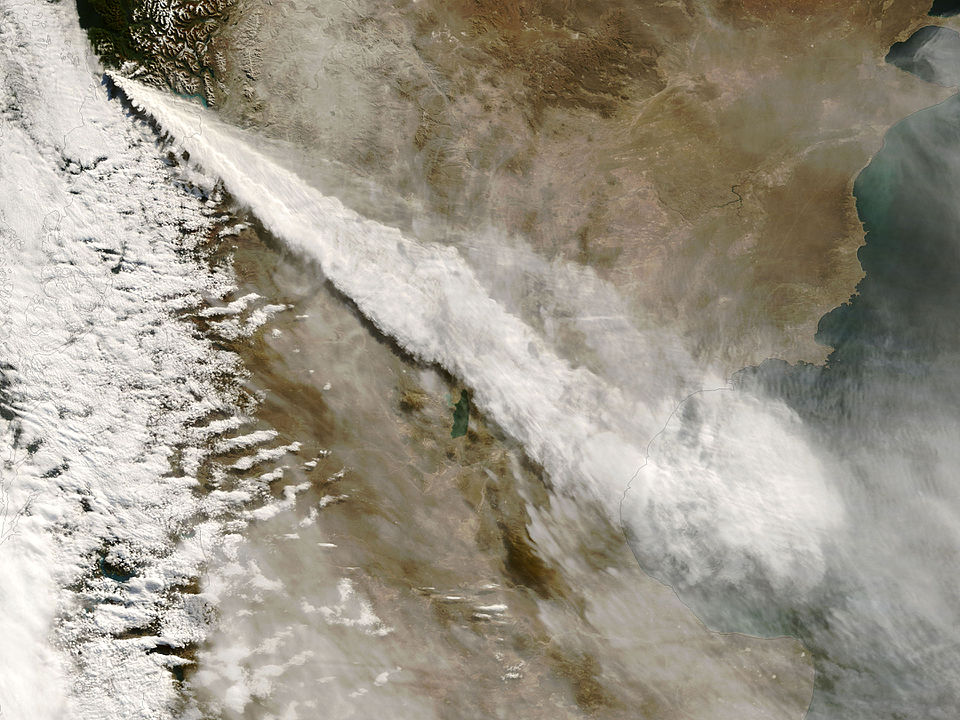Impact of Melting Glaciers on Volcanic Activity: A Study Overview

As global temperatures continue to rise, scientists are increasingly focused on the implications of melting glaciers on volcanic activity, particularly in regions with significant ice cover. A recent study presented at the Goldschmidt Conference in Prague highlights a concerning correlation between the retreat of glaciers and the frequency and intensity of volcanic eruptions. The research, conducted by a team from the University of Wisconsin-Madison, Dickinson College, and the University of La Frontera, specifically examined six volcanoes in Chile's Patagonia region.
The study reveals that as glaciers melt, the weight they exert on tectonic plates diminishes, consequently lowering the pressure on magma chambers beneath the Earth's surface. This reduction in pressure can make volcanic eruptions more likely and potentially more explosive. According to Dr. Brad Singer, a geoscientist at the University of Wisconsin-Madison, "When you take the load off, it’s just like opening a Coca-Cola bottle or a champagne bottle. It’s under pressure, and the dissolved gases in the melt come out as bubbles." This analogy underscores the fundamental processes at play as ice caps recede due to climate change.
Since the beginning of the 21st century, glaciers worldwide have lost approximately 5% of their mass, equating to about 8,500 gigatonnes of ice, as estimated by the United Nations' Intergovernmental Panel on Climate Change (IPCC). This loss of mass can be compared to a third of the volume of Lake Baikal, the largest freshwater lake on Earth.
The research team utilized argon dating and crystal analysis to support their findings, observing that during the last Ice Age, the retreat of glaciers resulted in a significant increase in volcanic activity, with eruptions in some areas increasing by as much as 50-fold. The team cautions that similar patterns could emerge in other glaciated volcanic regions, particularly as climate change continues to accelerate ice melt.
In addition to the immediate geographical implications, the findings also raise concerns about a global feedback loop involving volcanic activity and climate change. A 2023 study published in *Nature Climate Change* predicted that the West Antarctic Ice Sheet could experience significant melting by the century's end, even with aggressive emission reduction efforts. The potential for increased volcanic activity in Antarctica, where over 100 active volcanoes lie beneath the ice, could further exacerbate warming trends by releasing both heat and greenhouse gases into the atmosphere.
The implications of these findings extend beyond the Southern Hemisphere. A 2020 study published in *Global and Planetary Change* found that 245 active volcanoes worldwide are located within five kilometers of ice. Furthermore, recent research published in *Communications Earth & Environment* highlighted that glaciers situated near volcanoes are retreating at an average rate 46% faster than those situated farther away, indicating that many regions may soon be at risk of heightened volcanic activity.
Researchers like Pablo Moreno Yaeger, a graduate student at the University of Wisconsin-Madison, emphasize the urgency of this issue, stating, "Other continental regions, like parts of North America, New Zealand, and Russia, also now warrant closer scientific attention." The interconnectedness of climate change and volcanic activity presents a complex challenge that requires further study and monitoring as the global climate continues to evolve.
In conclusion, the study underscores the critical need for comprehensive strategies to address climate change and its far-reaching effects on geological processes. As the planet warms and glaciers continue to melt, understanding the relationship between ice loss and volcanic activity will be essential for predicting future geological hazards and mitigating their impacts on communities worldwide.
Advertisement
Tags
Advertisement





